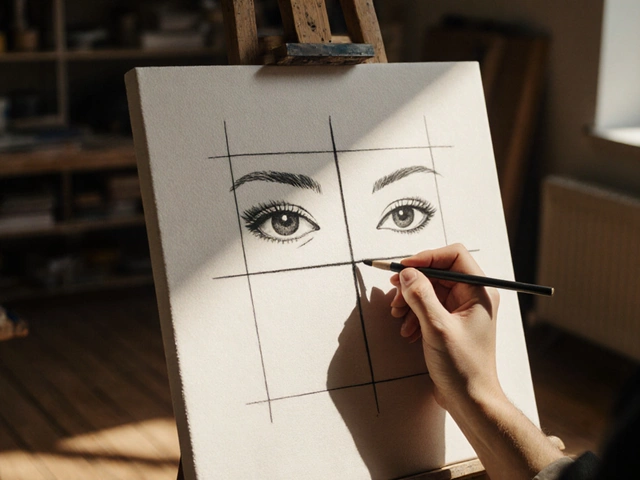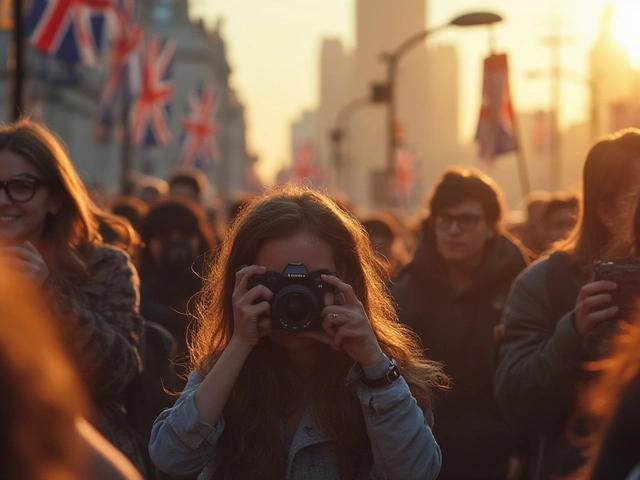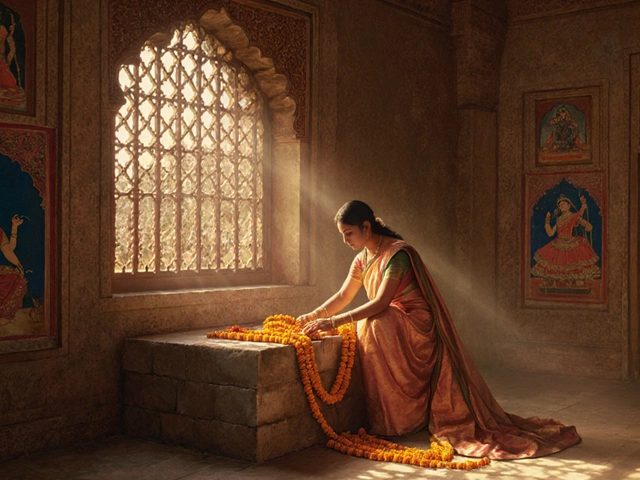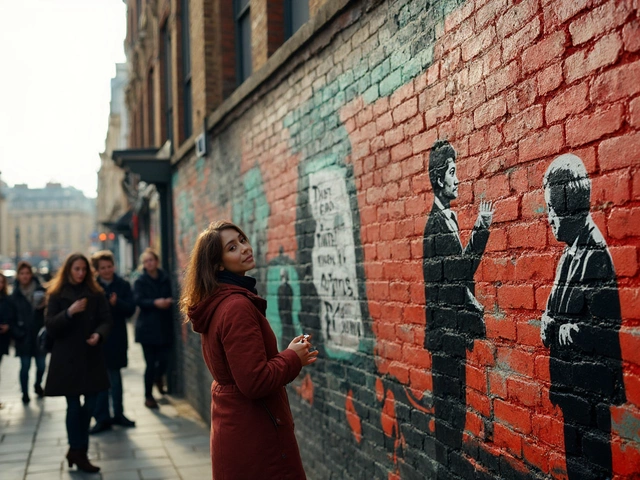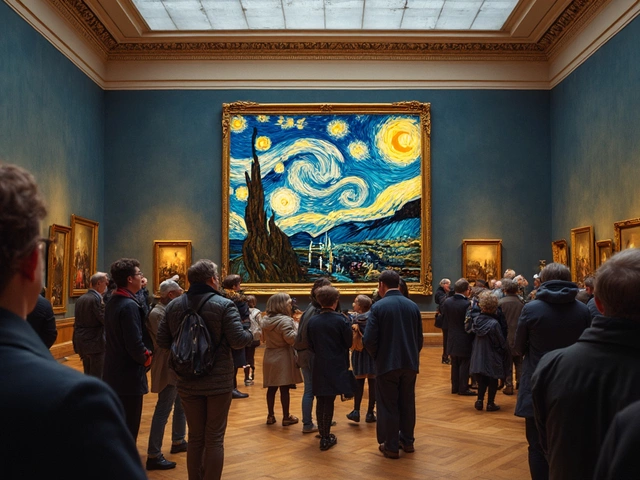Watercolor Techniques
When working with watercolor techniques, the methods artists use to apply transparent paint on paper, ranging from washes to detailed layers. Also known as wet media methods, they let you create luminous effects that dry paint can’t match. Mastering them opens a world of soft gradients, crisp details, and spontaneous textures.
Key Materials and Their Impact
Every successful session starts with the right watercolor painting, a practice that blends pigment, water, and paper to produce vibrant, translucent images. The paper you choose defines how the paint behaves: cold‑press paper absorbs quickly for soft washes, while hot‑press offers a smooth surface for fine lines. Pair that with a good brush, a tool made of sable, synthetic fibers, or other materials that controls water flow and pigment load, and you have the core trio that drives all watercolor techniques. Different brush shapes—round, flat, or mop—enable specific strokes, from precise details to broad washes.
Color mixing is another pillar. By layering transparent hues, you can build depth without muddying the palette. The wet‑on‑wet method, where you lay fresh pigment onto still‑wet paper, creates dreamy blends that ripple together. In contrast, dry‑brush technique—dragging a relatively dry brush across dry paper—adds texture and sharp accents. Both rely on understanding how water, pigment, and paper interact, allowing you to switch from soft backgrounds to crisp foregrounds in a single painting.
Beyond the basics, seasoned artists explore advanced tricks like lifting (scraping away paint to reveal underlying tones) and glazing (applying thin, transparent layers over dry paint to adjust color temperature). These practices tie back to the central idea that watercolor techniques require both skill and the right tools. Whether you’re prepping a landscape, a portrait, or an abstract, the method you pick influences the mood and realism of the final piece.
Below you’ll find a curated selection of articles that dive deeper into each of these topics—from step‑by‑step guides on wet‑on‑wet washes to choosing the perfect paper grain. Each post adds a piece to the puzzle, helping you build confidence and expand your toolkit. Ready to see how these techniques play out in real projects? Let’s explore the wide range of tips, tricks, and insights waiting for you.

Soaking watercolor paper before painting prevents warping and improves paint control-especially on lighter 140 gsm paper. Learn when it’s necessary, how to do it right, and what alternatives work better.
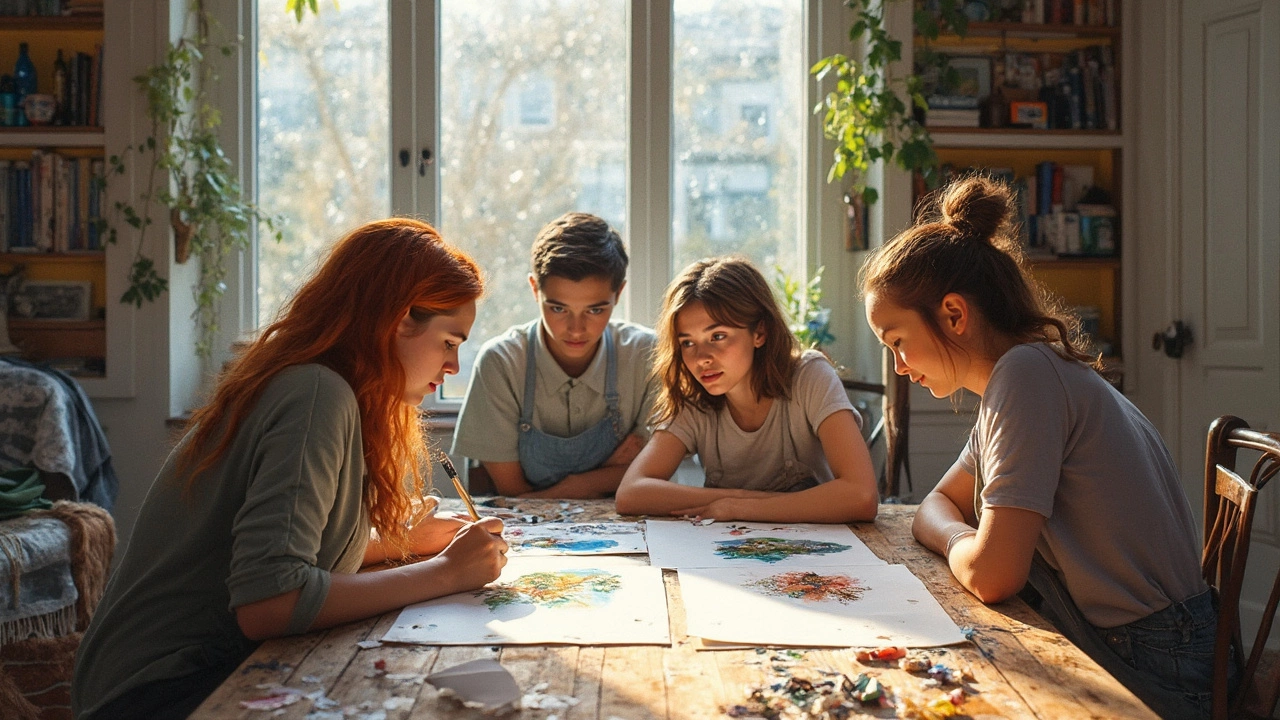
Watercolor painting looks easy until you try it and realize how stubborn the paint can be. This article cuts through the fluff and digs into exactly why watercolor is so tricky, from unpredictable blending to the relentless pace of drying paint. You'll find real reasons behind these challenges plus down-to-earth tips to get better. Expect relatable stories, a few surprising facts, and clear advice you can actually use. If watercolor keeps defeating you, you're not alone—and there are ways to turn things around.
